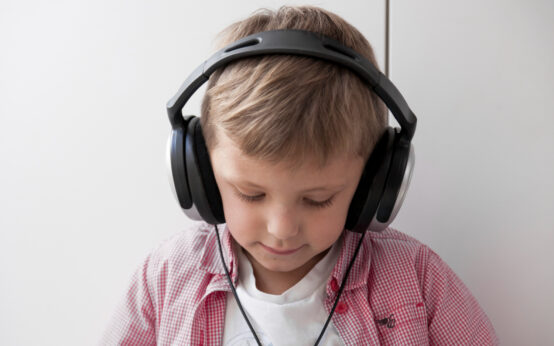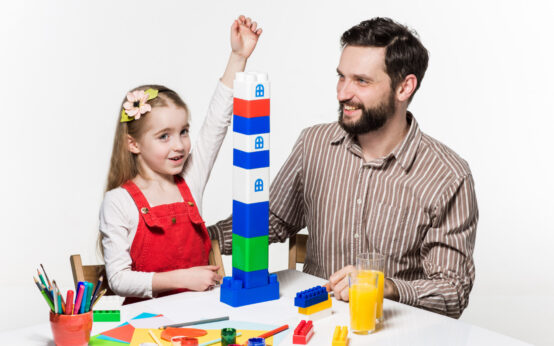Introduction
Self-harm is a prevalent but often underestimated issue within the autism community. It is crucial for individuals with autism and their caregivers to grasp the various facets of self-harming behavior and learn effective ways to provide support. This article explores the nature of self-harm, its prevalence in the autism community, and offers guidance on recognizing, addressing, and seeking help for individuals engaging in such behavior.
What Constitutes Self-Harm?
Self-harm, as defined by the NHS, involves intentionally causing damage or injury to one’s own body. Although not a symptom of autism, certain situations related to autism can contribute to self-harming behavior. This destructive behavior is commonly a means of expressing or coping with emotional distress and can manifest in various forms.
Diverse Forms of Self-Harm
Individuals exhibit unique tendencies when engaging in self-harm. Common methods include cutting with sharp objects, biting, skin-picking, intentional burning, hitting oneself, pulling hair, or even poisoning. What is alarming is that self-harm can develop into a recurring and nearly addictive pattern, especially within the autism community.
In the intricate tapestry of autism, self-harm can be a silent cry for understanding within the unique symphony of sensory sensitivities. Let empathy be the thread that weaves a compassionate narrative, embracing the strength within vulnerability.
Stella Waterhouse
Prevalence of Self-Harm in Autism
Research indicates that autistic individuals, particularly women, are more prone to self-harming behaviors compared to their non-autistic counterparts. Adults with autism also exhibit a higher frequency of deliberate self-harm. While not a repetitive behavior associated with autism, self-harm often emerges as a response to emotional pain or an inability to cope.
Association with Suicide
Self-harm can serve as a coping mechanism without suicidal intent, but evidence suggests that individuals who have engaged in self-harm have a heightened risk of suicidal thoughts and attempts. Shockingly, teens with autism are reported to be 28 times more likely to attempt suicide than their non-autistic peers.
Seeking Help for Self-Harm
Recognizing signs of self-harm is crucial for parents, caregivers, and loved ones of individuals with autism. Early intervention and professional support are vital in addressing the underlying causes of self-harm. Therapies such as Cognitive Behavioral Therapy (CBT), Mindfulness-based Cognitive Therapy (MBCT), Dialectical Behavior Therapy (DBT), and psychodynamic therapy have proven effective.
Strategies and Advice
Supporting individuals with autism involves various strategies, including recognizing triggers, practicing control over self-harm impulses, managing emotions through calming exercises, and seeking help for stress, anxiety, and depression. Understanding and addressing the root causes are essential for recovery.
Advice for Parents
Parents navigating the challenging situation of a child with autism engaging in self-harm should offer non-judgmental support, encourage open communication, and focus on addressing underlying issues. Empathy, understanding, and involving professionals are key elements in helping their child overcome self-harm.
Conclusion
Self-harm is a genuine concern in the autism community, demanding awareness, understanding, and proactive intervention. By recognizing signs, seeking professional help, and employing supportive strategies, caregivers can play a crucial role in helping individuals with autism overcome self-harming behaviors and fostering a healthier, more resilient future.
Source
- Cassidy, S., Bradley, P., Robinson, J., Allison, C., McHugh, M., & Baron-Cohen, S. (2014). Suicidal ideation and suicide plans or attempts in adults with Asperger’s syndrome attending a specialist diagnostic clinic: a clinical cohort study. The Lancet Psychiatry, 1(2), 142-147.
- Maddox, B. B., & White, S. W. (2015). Comorbid social anxiety disorder in adults with autism spectrum disorder. Journal of Autism and Developmental Disorders, 45(12), 3949-3960.
- Fitzpatrick, C., Shattuck, P., Landa, R., Billstedt, E., Carra, S., Vogel, C., … & Guinchat, V. (2020). Sex differences in the presentation of autistic traits in children and adolescents with autism spectrum disorder. Autism Research, 13(3), 443-455.
- Hannon, G., Taylor, E. P., Suicidality in Adolescents and Adults with Autism Spectrum Disorder: A Systematic Review, 2018, 10(3), 663-676.







